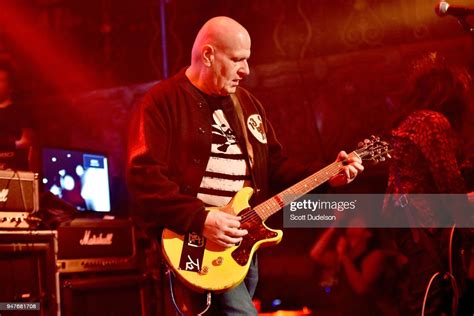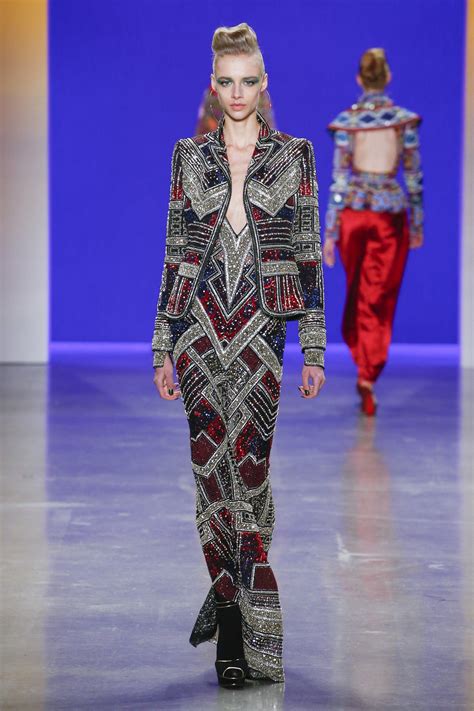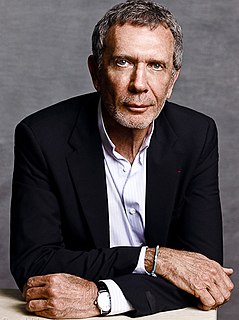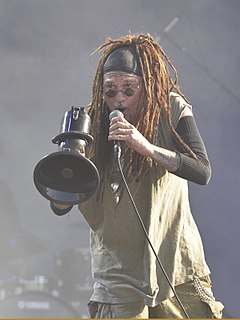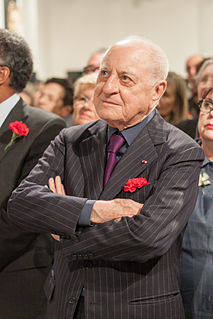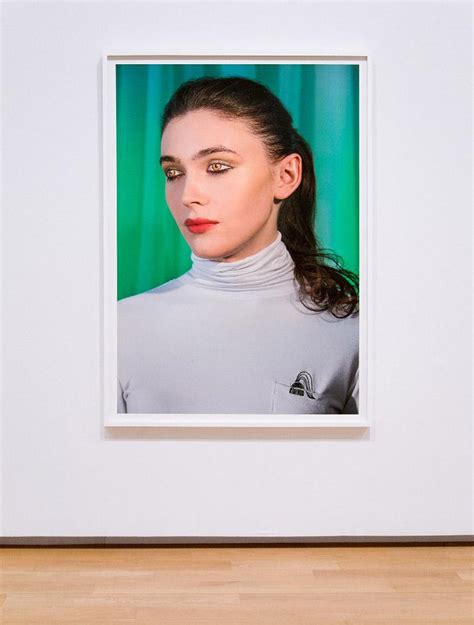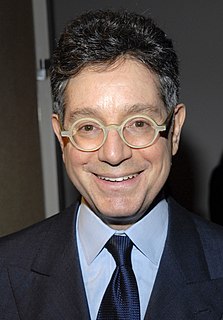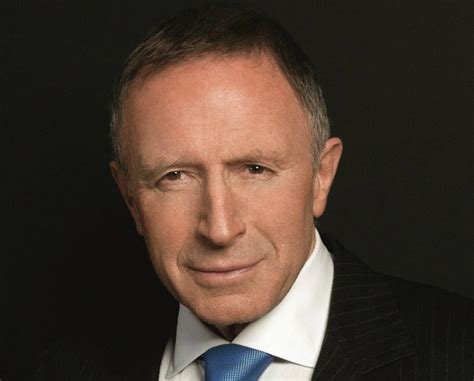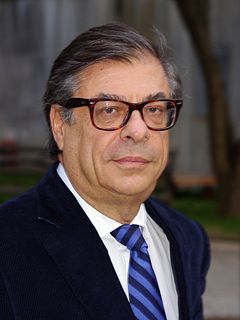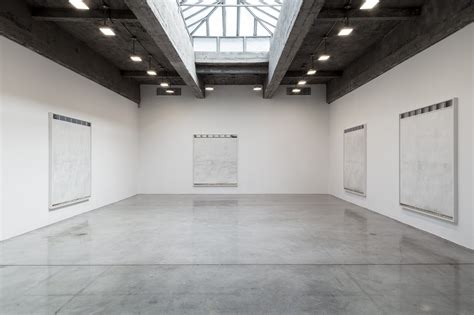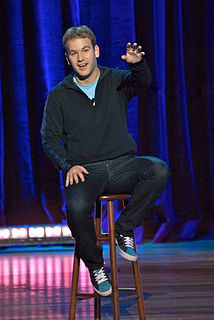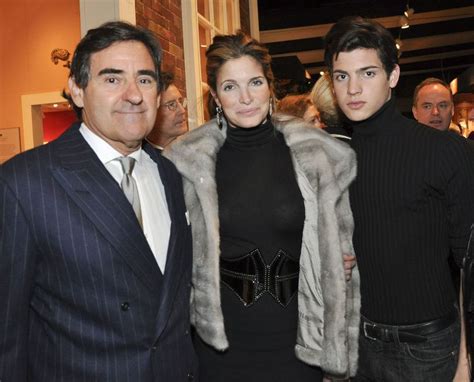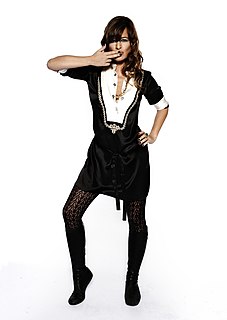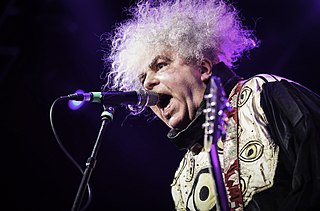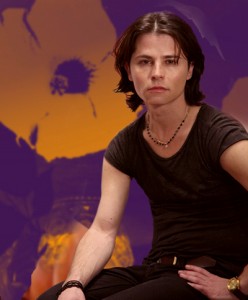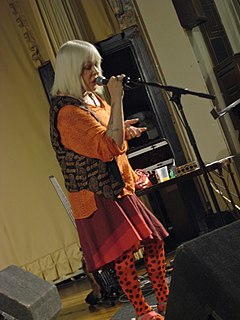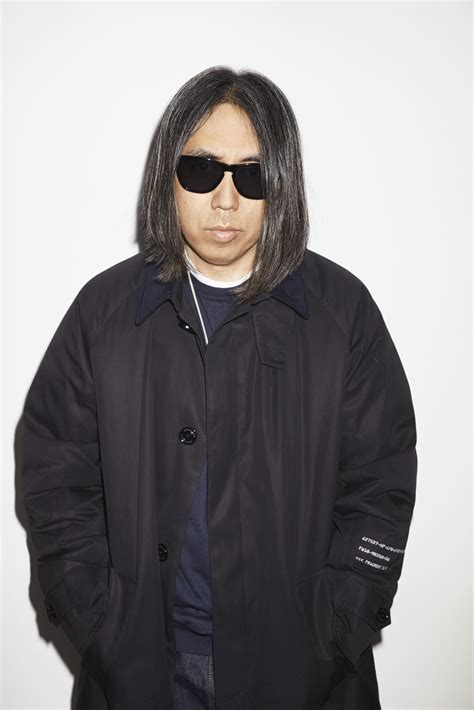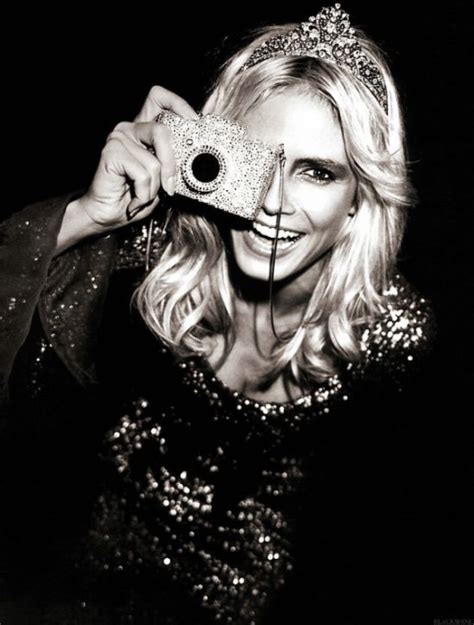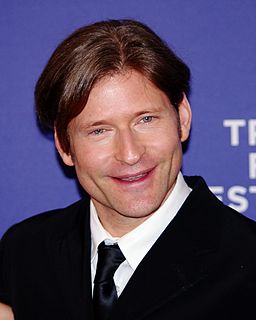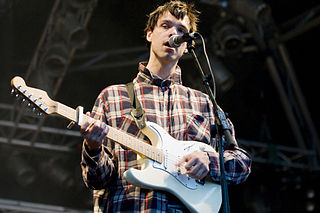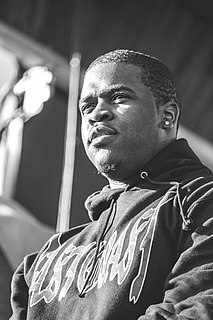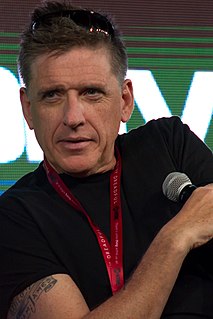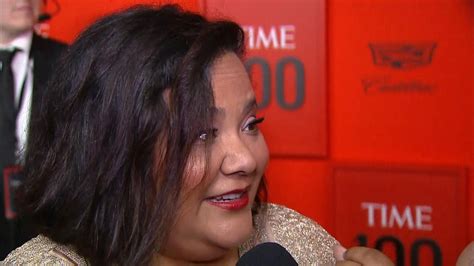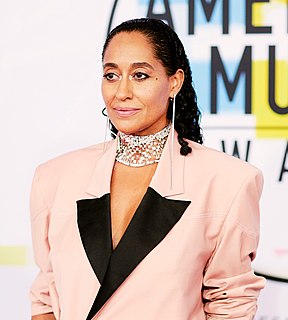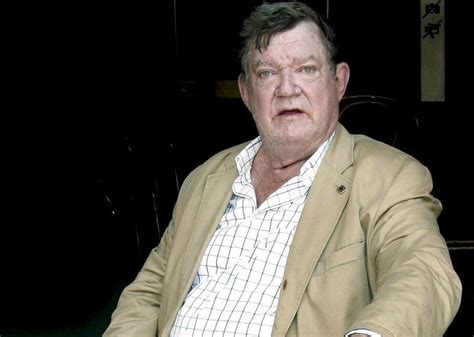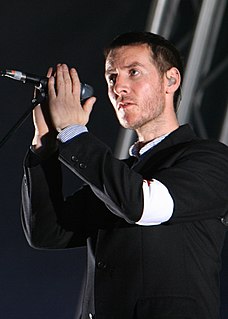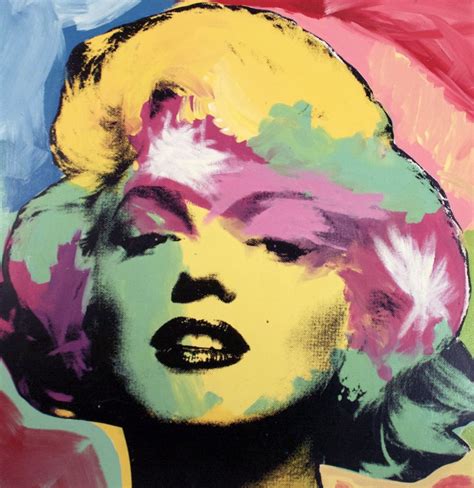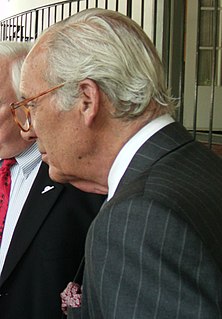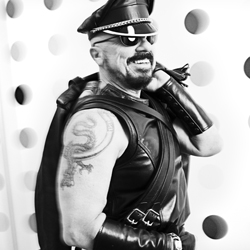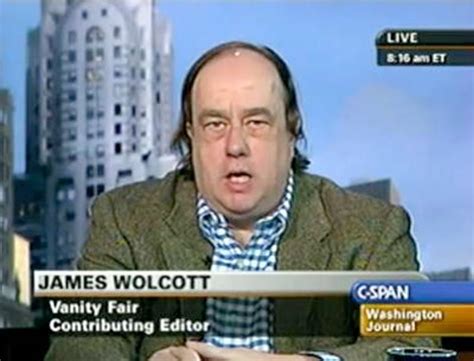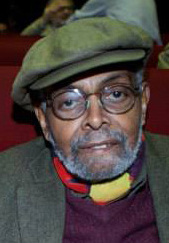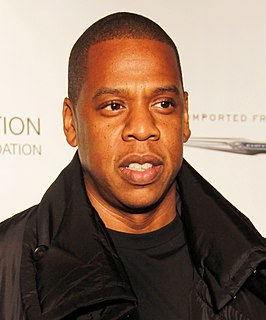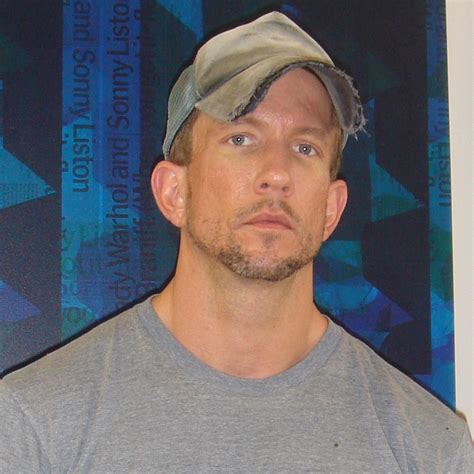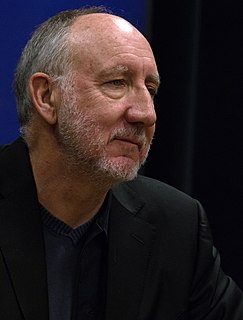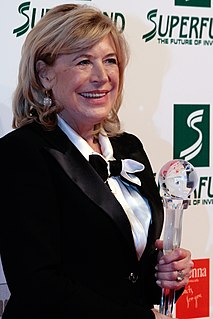Top 177 Warhol Quotes & Sayings - Page 3
Explore popular Warhol quotes.
Last updated on November 8, 2024.
The only thing that shocks me is public interest in people who shouldn't be interesting at all, like Jade Goody. We've gone past Andy Warhol and all those clever, arty and witty things that were done and said in the sixties...the fifteen minutes, and so on. Now your celebrities don't have to do anything, they're just voted in. And that shocks me.
I feel when you walk into somebody's apartment on Fifth Avenue or house in Malibu and you see a Basquiat, a Warhol, a Richard Prince, you say to yourself, '$700,000, $2.2 million, $350,000...' To me that is completely uninteresting. I'd rather go to a house where there's great art and I have no idea who the work is by.
Halston was one of the hardest-working designers I have come across. The way he cut, moulded, manipulated and draped fabric was inspiring. I was submerged into the Halston subculture alongside Andy Warhol, Liza Minnelli, Elizabeth Taylor and Truman Capote. They shaped who I have become as a designer.
If Abstract Expression reached for the sublime, Pop turned ordinary imagery into icons. Roy Lichtenstein and Andy Warhol illuminated the transformative power of context and the process of reproduction. Claes Oldenburg's soft ice-cream cones and hamburgers changed sculpture from hard to soft, from stasis to transformation.
I figure there are enough self-opinionated assholes trying to get their ugly little faces in front of you as it is. You ask a lot of kids today what they want to be when they grow up, and they say, 'I want to be famous.' You ask them, 'For what reason?' and they don't know or care. I think Andy Warhol got it wrong - in the future, so many people are going to become famous that one day everybody will end up being anonymous for 15 minutes.
There was an exchange between me and Andy Warhol. We met, we liked each other, we appreciated each other. He would come to us for Easter in Marrakech. In September we would meet up in Venice. And every time I went to New York I would spend some time with him at the Factory, where we would have dinner together. He's a man that I admired deeply. He shook up the notion of painting - not as much as Marcel Duchamp had done, but he was part of the same general movement. And then we both admired art deco.
When I first came to New York, in the '70s, artists were certainly divided about the Andy Warhol persona, and about the work. I thought it was utterly cool - I thought the Factory was utterly glamorous - but there were a lot of artists I really admired and respected who were older that kind of dismissed it, couldn't get it, and felt that there was a lack of seriousness about it.
I'm attracted to the work of younger artists, and it's affordable compared to mature art, so you can take a chance much easier on a younger artist. I can't say that I've found an artist who I think is going to be the next Bacon or Warhol. You shouldn't have to do that really. You go forward, and you find something new.
The first piece of art that I ever bought-when I could afford it-was a Warhol sketch from the period when he was just getting out of doing commercial work and more into art. It's a sketch of a young guy's face. I guess the gallery that I bought it from thought I would like it because the young guy kind of looked like James Dean.
When I was sixteen and knew nothing about art, I sat through almost six hours of Andy Warhol’s Empire. I did not understand it but thought: this is in a major museum, it must be important, what is going on here? I stayed until the museum closed. His Screen Test films are some of my favorite works made this century, but you need to give them back the time they took to be made.
It’s like saying beauty is in the eye of the beholder: what appears to be beautiful today may not be judged beautiful in a few years. A perfect example is the Warhol ‘Marilyn’; in the 1960s it was deemed garish. Art needs to be socialised, and you need a lot of context to understand that, and that doesn’t mean having read a few art history books.
One thing about Andy Warhol that was remarkable and also key to his widespread appeal is that he was so open! He would get on the phone and talk to the kid who called to say he was a fan - you know, Andy would walk from his house every morning down to the Factory carrying a bunch of Interviews - people would stop him and he would sign them, and what have you.
Warhol and other Pop artists had brought the art religion of art for art's sake to an end. If art was only business, then rock expressed that transcendental, religious yearning for communal, nonmarket esthetic feeling that official art denied. For a time during the seventies, rock culture became the religion of the avant-garde art world.
For me narcissism is not about money. For me, narcissism is something so romantic and something so human. Everybody is a narcissist. Some people admit it and some people don't. As an artist, it's important to be a narcissist. Look at Picasso, look at Warhol.... As an artist, you can get away with a lot of things that normal people cannot.
A real New Yorker is always someone who came here from somewhere else to avoid some kind of persecution, often sexual-preference based, or to be discovered in one of the infinite-though-no-longer-thriving alternative scenes, i.e. theater, music, dance, vaudeville, art, drag, or, in those of the greatest egos, to be 'the next Andy Warhol.'
I'd been asked by Takashi Murakami to collaborate on something, which was an honor for me. I was really pleased. And then he had me as a guest speaker on his radio show, and we were talking about art. I don't think he knew I was interested in the topic - he was really surprised to find out that I own some original Andy Warhol and Gerhard Richter and Jean-Michel Basquiat works. So, in some ways, I think he simply wanted to see what I have.
Somehow Annie Flanders from the SoHo News heard I was doing pictures and was headed to Paris. She saw my worked, liked it, and asked me to take pictures for her paper while I was there, but told me I would first have to buy a real camera - 35-millimeter. I got a little book that taught me how to load film. I read it on the flight to Paris. Hours later, I found myself at the top of the Eiffel Tower with Yves Saint Laurent and Andy Warhol. It's all been downhill since then.
The first piece of art that I ever bought - when I could afford it - was a Warhol sketch from the period when he was just getting out of doing commercial work and more into art. It's a sketch of a young guy's face. I guess the gallery that I bought it from thought I would like it because the young guy kind of looked like James Dean.
I took photos from 1976 to when I left in 1993, primarily for Interview and a column I had called "Bob Colacello's Out" which Andy had conceived of. I've never taken a picture since, not even with my phone! It just felt too Andy Warhol to keep going around town taking photographs. And I never really thought of doing anything with them after I left the magazine until this great Art Director Sam Shahid about for or five years ago asked where all of the old photos were.
Curator Shantrelle P. Lewis left for Amsterdam an Andy Warhol fellow, and came back with a film in her pocket. Please support this confrontation of the Netherlands' violently passive aggressive racist traditions, by an American Southern, aggressive aggressive. She's a top notch thinker and lover of questions.
I think his portraits of Jackie, Liz, Marilyn, Mao, Elvis, Lenin - and objects like the soup cans, the dollar signs, the hammer and sickle, it's all about icons. Its all about what people worship in an irreligious or secular world. In terms of Andy's personality and Andy Warhol as a human being who I was very close to, I still feel kind of sorry for him on a personal level. I mean, he was the ultimate example of great success wrapped around inner turmoil and emotional pain.
He was, as Billy Name said in the acclaimed Ric Burns documentary about Andy Warhol, uninterested in being a second-tier artist. He was uninterested in being a first-tier artist! He wanted to be, you know, a god. Someone who completely changed the...he wanted to be Zeus with the lightning bolt and nothing less would have satisfied him.
There is a danger in becoming an icon, as people can see you as remote and untouchable, and they are less willing to tolerate you doing things that don't fit with their preconceived idea of you. Iconic status can be like a pair of handcuffs, especially if, like me, you wish to continually stretch yourself creatively, as Warhol did.
Tardiness is next to wickedness in a society relentless in its consumption of time as both a good and a service--as tweet and Instagram, film clip and sound bite, as sporting event, investment opportunity, Tinder hookup, and interest rate--its value measured not by its texture or its substance but by the speed of its delivery, a distinction apparent to Andy Warhol when he supposedly said that any painting that takes longer than five minutes to make is a bad painting.
I simply loathe the crude 1960s distinctions between commerce and art. For me, Warhol and pop obliterated all of those separations - that was the whole point of the Brillo Boxes and Campbell's Soup Cans. And believe it or not, in 2009, moronic journalists are still saying to me, 'Your work is so commercial.'
And out of the blue, I got a call from an editor friend at Knopf and she said that they were interested in putting out an update for their vintage paperback line. So I was more than thrilled and it was suggested that perhaps I could do a 1,000 word new introduction covering what's happened with the whole Warhol thing since 1990 when the first edition hardcover came out and, uh, that was about August 1st and I sat down at my computer here in East Hampton and on on August 30th I'd written almost 10,000 words!
I've got a nice collection of paintings - a Basquiat, a black-and-white Warhol that's like a Rorschach test, and I commissioned Takashi Murakami to do a ten-foot joint for me. It's almost like the explosion in Hiroshima with his famous skeleton head. There's a wall above my fireplace reserved for it.
I was working in the gap where Martin Luther King, Jr. quoted communism and Warhol appropriated the protest image and named it riot, which is precisely what King didn't want his cause to be associated with. But that was the very thing that made it sexy to the art world. So I played between the two associations.
